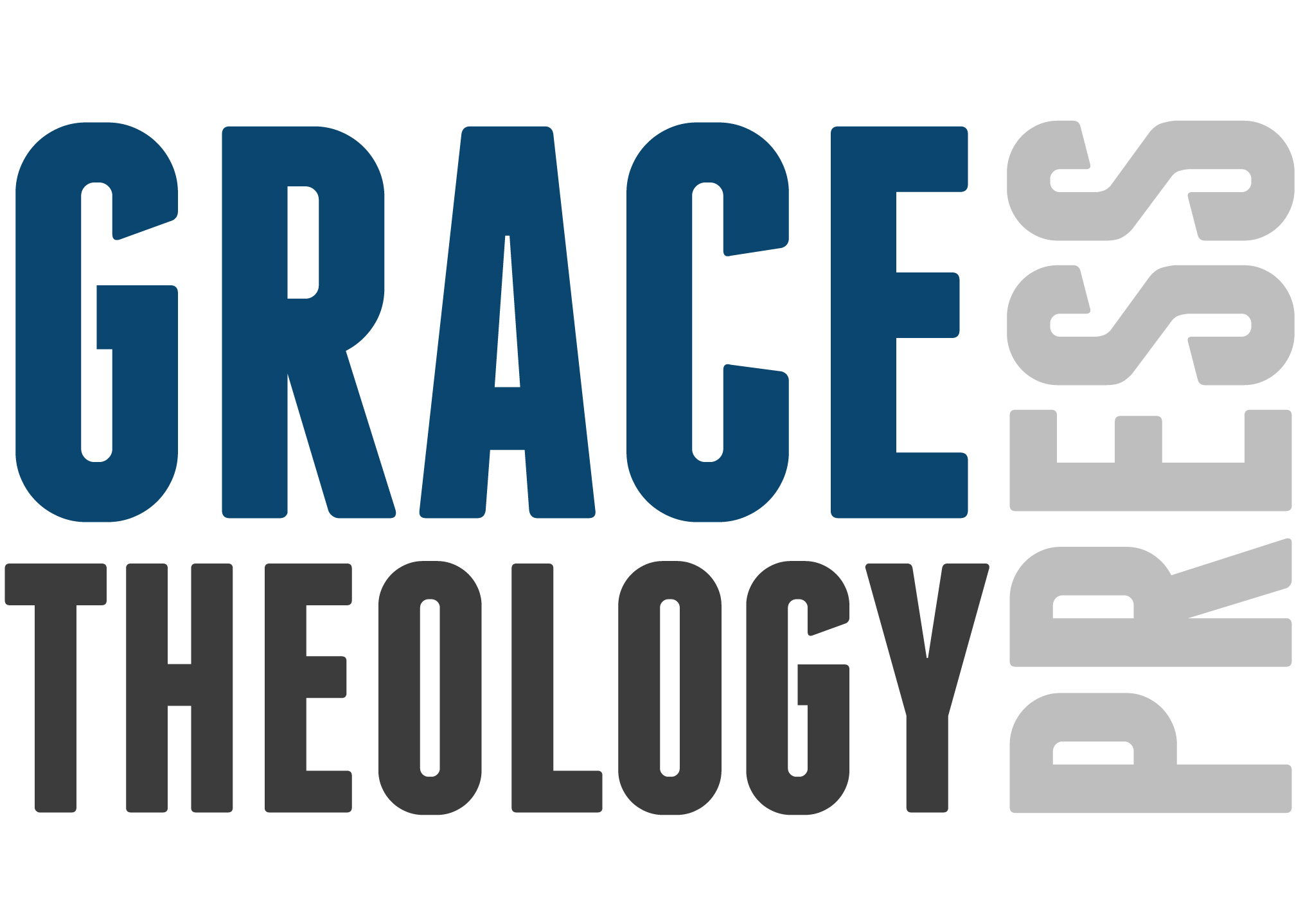The final article in the 3-part blog series regarding trajectory hermeneutics discusses some suggestions on how to defend one’s exegetical methodology.
Protection from Projection
By: Randy Bradley
Having a firm grasp on one’s objective in examining Scripture is vital. Even so, one must be vigilant to protect the process by which one seeks to achieve the desired goal. If applying the author’s intended meaning to a modern audience is the goal, defending one’s methodology from the influences of Trajectory Hermeneutics[1] is highly advisable. The primary enticement of TH lays in its ability to create imperatives compatible with current culture. This ability finds its origin in Webb’s encounter with secular ethicists, which led him to change his interpretive practice.[2] Understanding the attraction to TH provides insight into protecting from it. With this in mind, four suggestions are offered to defend one’s exegetical methodology from TH.
(1) Establish the necessity for biblical imperatives to clash with cultural norms. Since Christians are called to “not be conformed to this world, but be transformed by the renewing of (their) mind” (Romans 12:2), any method of making imperatives compatible with worldly wisdom must be rejected. Develop this concept as an integral part of your process, communicate it in lessons and sermons.
conformed to this world, but be transformed by the renewing of (their) mind” (Romans 12:2), any method of making imperatives compatible with worldly wisdom must be rejected. Develop this concept as an integral part of your process, communicate it in lessons and sermons.
(2) Affirm a commitment to authorial intent. Because “All Scripture is inspired by God” (2 Timothy 3:16), rejection of the author’s intended meaning is a rejection of God who inspired the meaning. By focusing on contextual matters related to the author, audience, and occasion, one asserts a dedication to authorial intent. Preach and teach the meaning as sourced from the author.
(3) Create a rigid separation between interpretation and application. Because TH is focused on distorting biblical imperatives, a distinct separation between interpretation and application is necessary. Keeping the application process independent reduces the temptation to interact with TH by eliminating its potency.
(4) Establish a distinct process for moving from the original meaning to modern application. With interpretation and application isolated, a means of moving from one to the other must be established. One such method is Walter C. Kaiser’s Ladder of Abstraction. In using the Ladder of Abstraction, the particular event occurring in Scripture is generalized within its historical setting. The principle is relocated to a modern context, and the modern principle is moved to a specific event relevant to current societal norms.[3] Such a process provides a consistent and repeatable means to move from the author’s intended meaning to a culturally relevant, although not compatible, application.
These measures, combined with an awareness of the problems and dangers associated with TH, should suffice to protect the process of biblical hermeneutics from the influence of Trajectory Hermeneutics.
[1] Referred to hereafter as TH.
[2] Gary Deddo, “Slaves, Women & Homosexuals,” Academic Alert 10, no. 2 (Summer 2001): 2, accessed August 27, 2020, https://www.ivpress.com/Media/Default/Downloads/alert-archives/alert-vol10n2-s01.pdf.
[3] Stanley N. Gundry and Gary T. Meadors, eds., Four Views on Moving beyond the Bible to Theology (Grand Rapids: Zondervan, 2009), 25.
Serving Him with you until He comes for us,
Fred Chay, PhD
Managing Editor, Grace Theology Press














